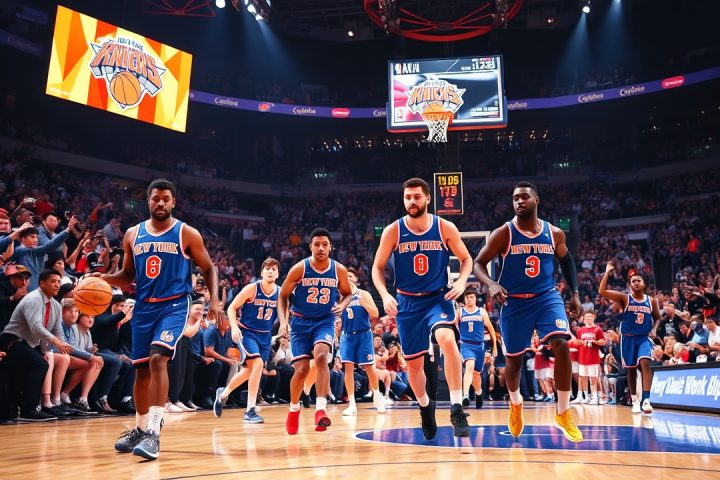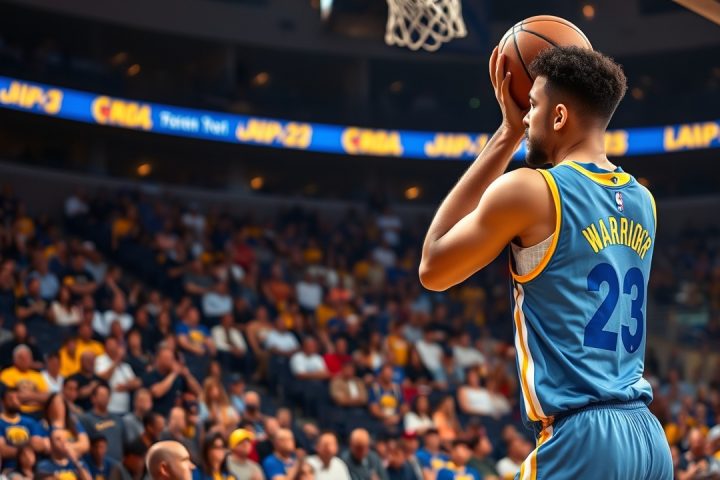The Controversy Surrounding Strategic Fouling
The Oklahoma City Thunder‘s strategy of intentionally committing fouls to disrupt opposing teams during crucial moments has sparked a heated debate among fans and experts alike. Following Game 4 of the Western Conference finals, there is a growing sentiment across social media platforms urging the NBA to intervene and penalize this tactic, with many arguing that it grants an unfair advantage to teams employing it. However, as the controversy unfolds, it’s worth noting that the issue may lie not in the tactic itself, but in how coaches implement it—which often leads to botched executions that diminish the potential benefit.
Historical Context of the Strategy
To understand this debate, it’s important to note that the practice of fouling when leading by three points is not new. Teams have been using this strategy since the dawn of the three-point line, famously showcased by the Houston Rockets during their nail-biting Game 7 victory against the Phoenix Suns back in 1995. Generally, holding a three-point lead in the final seconds is a strong position: opponents must hit a three-pointer just to tie the game, while a successful opponent’s shot does not inherently lead to a loss due to the opportunity for a responding possession.
Case Studies and Key Moments
A key moment illustrating this dynamic occurred when the Indiana Pacers chose not to foul late in a game against the New York Knicks, allowing a failed three from the Knicks that almost cost them. The rationale behind this strategy is rooted in the desire to avoid the risk of a foul that could yield free throws or, worse, a three-point shot in the event of a shooting foul.
In Monday’s matchup against the Minnesota Timberwolves, the Thunder’s situation exemplified the effectiveness of strategic fouling—given the absence of timeouts for Minnesota and the dwindling clock, a late fouling could have stifled any potential for a last-minute shot. When executed correctly, this maneuver can flip a game’s momentum; however, the Thunder frequently mismanaged their approach, calling fouls prematurely and inadvertently introducing unnecessary volatility into their well-set lead.
Implications for the NBA and Future Strategies
The controversy over this strategy raises questions about its validity in playoff scenarios. Critics highlight the inconsistencies in its application—teams often foul with ample time on the clock, which can lead to disastrous outcomes, as seen in Oklahoma City’s earlier playoff engagement against the Denver Nuggets. In this instance, the Thunder’s premature fouling allowed Denver multiple opportunities to score within a critical time frame, leading to significant shifts in the game’s dynamics.
If the NBA were to consider regulatory changes regarding fouling strategies, there are numerous intricacies that must be carefully considered. Players, coaches, and league officials must assess the implications such rule changes might have on game pace and overall strategy, while also taking into account the current climate of fan expectations and viewing experiences.
Conclusion: Refining Coaching Practices Over Rule Changes
On the whole, instead of imposing new penalties on the foul-up-three strategy, the focus could be redirected toward coaching practices and decision-making processes. Teams like the Indiana Pacers have demonstrated a more effective use of strategy in late-game scenarios compared to others like the Thunder and Knicks. Despite the dramatic increase in game tension and unpredictability caused by fouling, the overall excitement and fan engagement could benefit from improved execution of this tactic. Thus, the real conversation should shift from adjusting the rules of the game to how coaches can refine their approaches to maximize their teams’ potential during these nail-biting moments.




